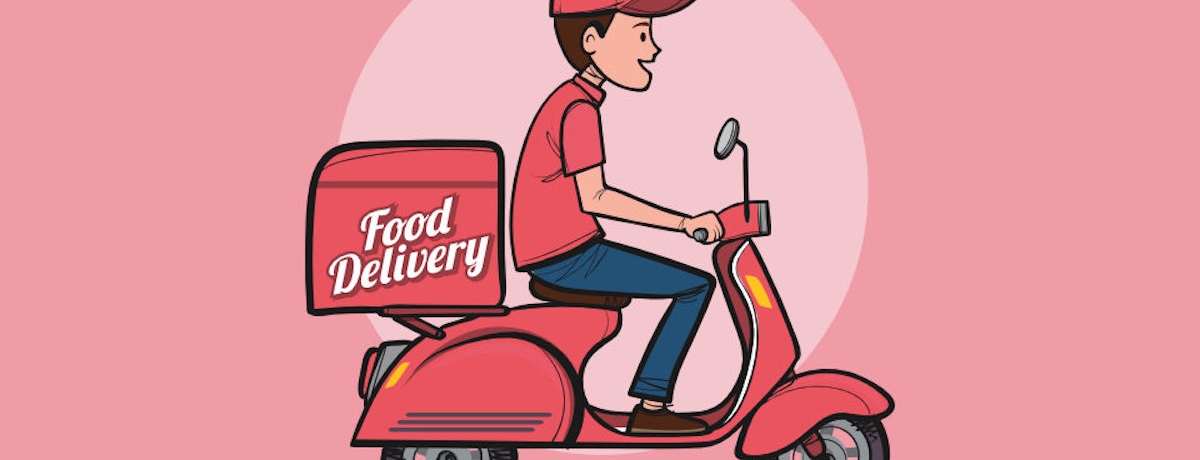Food delivery services are making me poor (and likely you as well)

I live in New York City–the greatest city on earth (okay, maybe I’m slightly biased) and we’ve had food delivery from local restaurants for quite some time. In fact, Seamless, a popular food delivery platform has been operating here since 1999 (at the time known as SeamlessWeb).
In 1999 however, SeamlessWeb was specifically for catered and corporate clients like bankers and lawyers who worked long hours. Companies had corporate accounts and would order food for all the employees who were staying late. That changed in 2005 when Seamless launched for individuals as well, meaning you or I could then place an order from a local restaurant and have it delivered right to our door just a short while later. You pay for the food and tip the driver, it was in all senses of the word: seamless.
These days however, there’s a ton more competition in the space with new entrants like Uber Eats, Postmates, DoorDash, and Grubhub (which merged with Seamless back in 2013). Despite the competition though, these services appear to have become more expensive, not less, as the race for profits is now kicking into high gear.
In 2019 DoorDash was valued at $13 billion and now it appears the company has recently filed to go public which will no doubt bring a bit more scrutiny to their P&L. According to Uber, its food delivery service, Uber Eats generated $1.5 billion in revenues throughout 2018 and continues to show promising growth for the company in large part thanks to its expansive footprint.
The New York Times’ Brian X. Chen just recently published an article highlighting the insane markups on food, service, and delivery–at times, up to 91% more expensive. Nuts! The pricing has become so crazy that the New York City Council is looking to impose fee caps to help protect restaurants and individuals.
So what went wrong?
Great question. I certainly don’t have all the answers, but here’s a couple things I think have contributed to this mess.
Huge influxes of VC
When you’re making money, you always want to make more. Once venture capital got involved and started subsidizing these companies by allowing them to offer services to people that they otherwise couldn’t afford (e.g. a butler that delivers food to you from pretty much any restaurant) in an effort to maximize growth (at any cost)–that’s when it stops becoming about democratizing something and more about exploiting something.
The bill is coming due
For essentially all of these companies, the bill is coming due. It’s time to put up or shut up. Many of them will likely need to IPO soon to raise more cash because they probably desperately need it. But after that? They will need to figure out ways to subsidize the cost of their service without more venture money and I’m betting they would also prefer to be able to do it without issuing more shares. So what’s that mean?
It means, you’ll see these companies start introducing subscription offerings that offer perks such as no delivery fees. In fact, DoorDash is already doing this and has been for a several months now and Seamless earlier this week announced its new subscription, Seamless+. And as unfortunate as it is, these changes are honestly bringing the price point to a place where it likely should have been all along, however, couldn’t have been in order to drive the massive adoption necessary for VCs to cash out.
What can you do? What am I doing?
Well, you can cook at home. That’s what I’ve been doing more of lately. I’m actually a huge fan of HelloFresh (if you sign up with that link you’ll get $40 off your first box) and have been using the meal delivery service for a while. Once a week HelloFresh sends you all the ingredients for four meals (or more if you want) as well as the recipe and you cook it. It tastes great and it’s healthier too.